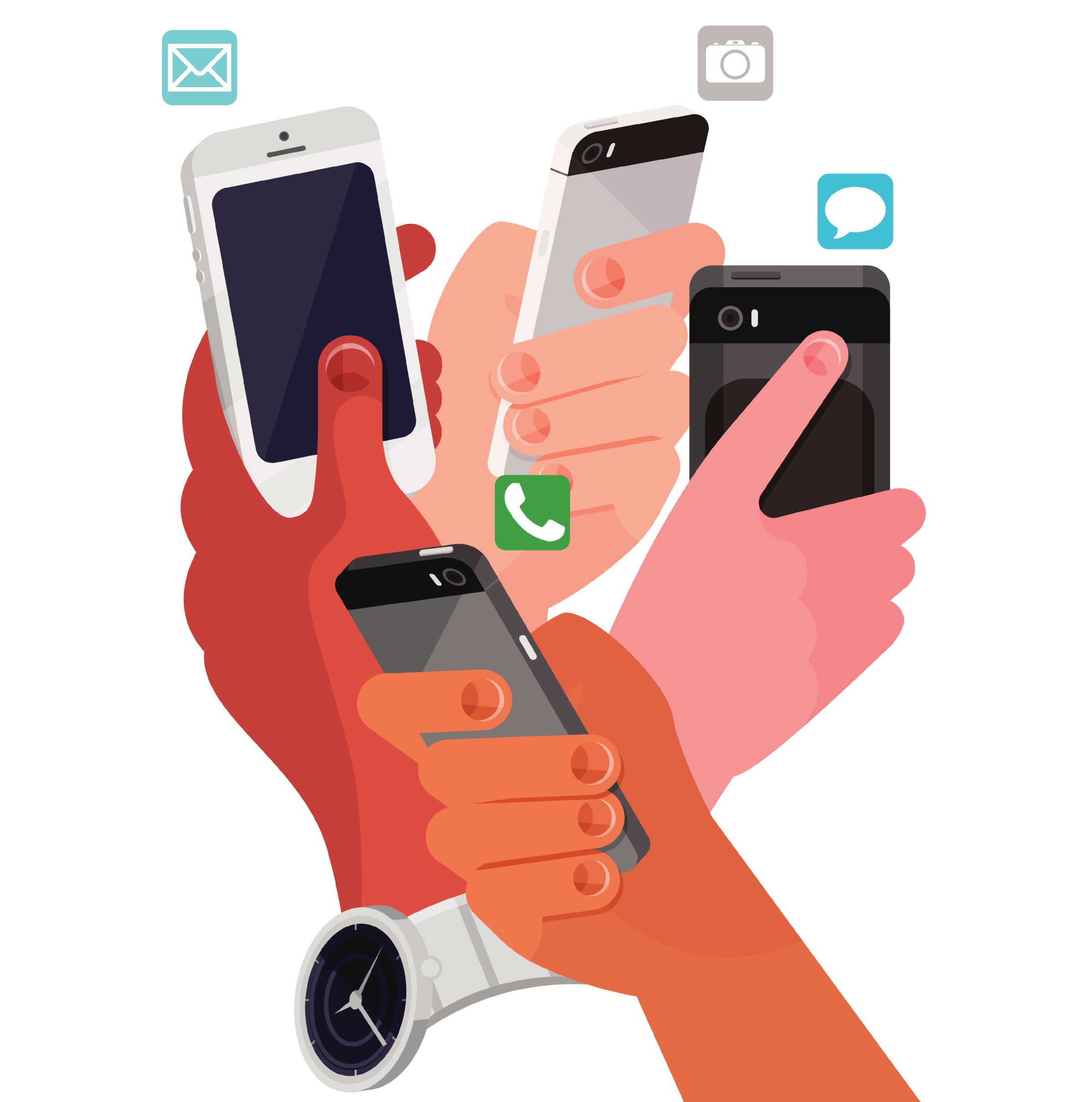
Your alarm goes off, you roll over, grab your phone, and flicker your eyes open. You squint in the glow of the blue and it begins: You’re scrolling through notifications, emails, texts.
It’s already been shown that emailing after business hours can be psychologically damaging, but new research published in the Journal of Occupational Health Psychology confirms what you probably know in your gut to be true: workers who are expected to be available even when they aren’t at work experience an elevated stress response.
Psychologists from the University of Hamburg asked 132 people from 13 workplaces to complete a daily survey over a period of eight days—four on which they were expected to be available for work, four on which they were not. They were all surveyed, and half the participants also provided saliva samples that were measured for cortisol. (Cortisol is the hormone released in response to stressful situations.)
The results showed that during times when a person was expected to be reachable, people had elevated cortisol levels and reported being stressed. While that might be expected, what is interesting is that when a person is not required to be physically available at the office, there’s still a significant uptick in cortisol.
The culprit? A combination of your smartphone and a culture that increasingly blurs the lines between work and leisure. In today’s workforce, “job contacts and work availability outside regular business hours are associated with impaired wellbeing,” the authors write.
So why do we do it?
Americans are famously workaholics. According to the Organisation for Economic Co-operation and Development, American workers log about 1,788 hours of work per year, above the next longest-working group, the Japanese, at 1,735. Many Europeans work far less. The French clock in 1,489 hours while the Germans work 1,388 per year.
This isn’t the future the economist John Maynard Keynes imagined for us. He prophesied that we’d attain a level of industrialization that would make leisure more valuable, to the point where humans would work only 15 hours per week. Instead, our idea of relaxation is keeping an eye on the TV while watching multiple feeds on our smartphone including, yes, email.
Marcus Butts, a professor at the University of Texas, Arlington, and his colleague, Wendy Boswell from Texas A & M University, released a study in June focusing on the emotional effect of emails received during non-work hours on Monday through Friday.
“We looked at the tone of the email and the time it took you to respond to the email,” says Butts. “When it comes to emails that are negative in tone, it makes you angry. Being angry takes a lot of focus and our resources and it keeps us from being engaged with other things.” In other words, an email—particularly a negative one—has the power to destroy your evening.
But there are two types of people in the world, Butts noted. There are segmentors, who keep their work and nonwork lives separate. They don’t answer emails after hours. And then there are integrators, people who mesh their work and personal lives by combining their work lives with their social lives and tend to answer emails at all hours. It’s the integrators who get more stressed when an email pops up.
Regardless, the anxiety of email is “not good,” Butts says. “Email doesn’t let you pay attention or engage in non-work life.”
PHOTOS: The Rise of Mobile Phones from 1916 to Today




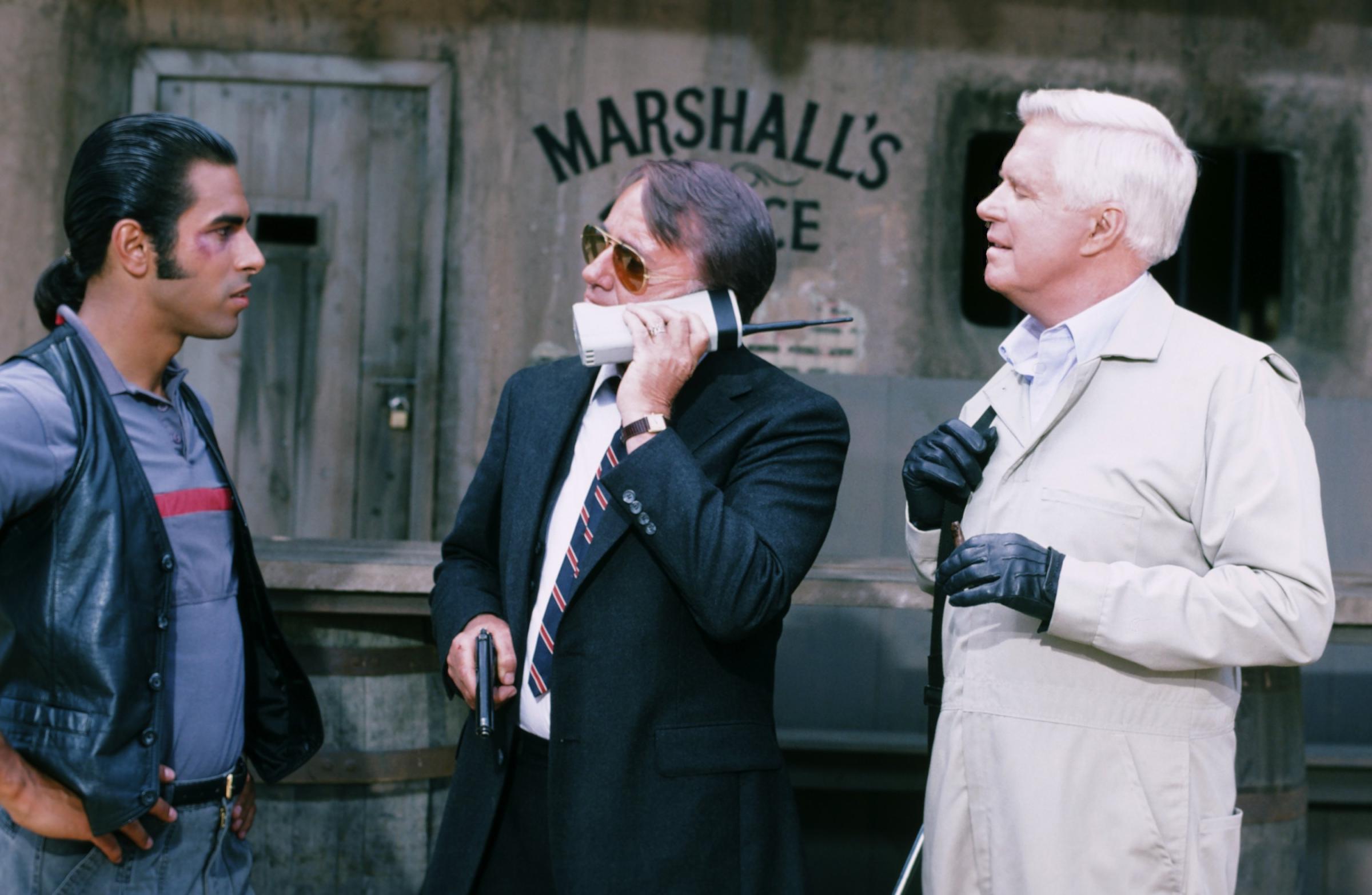

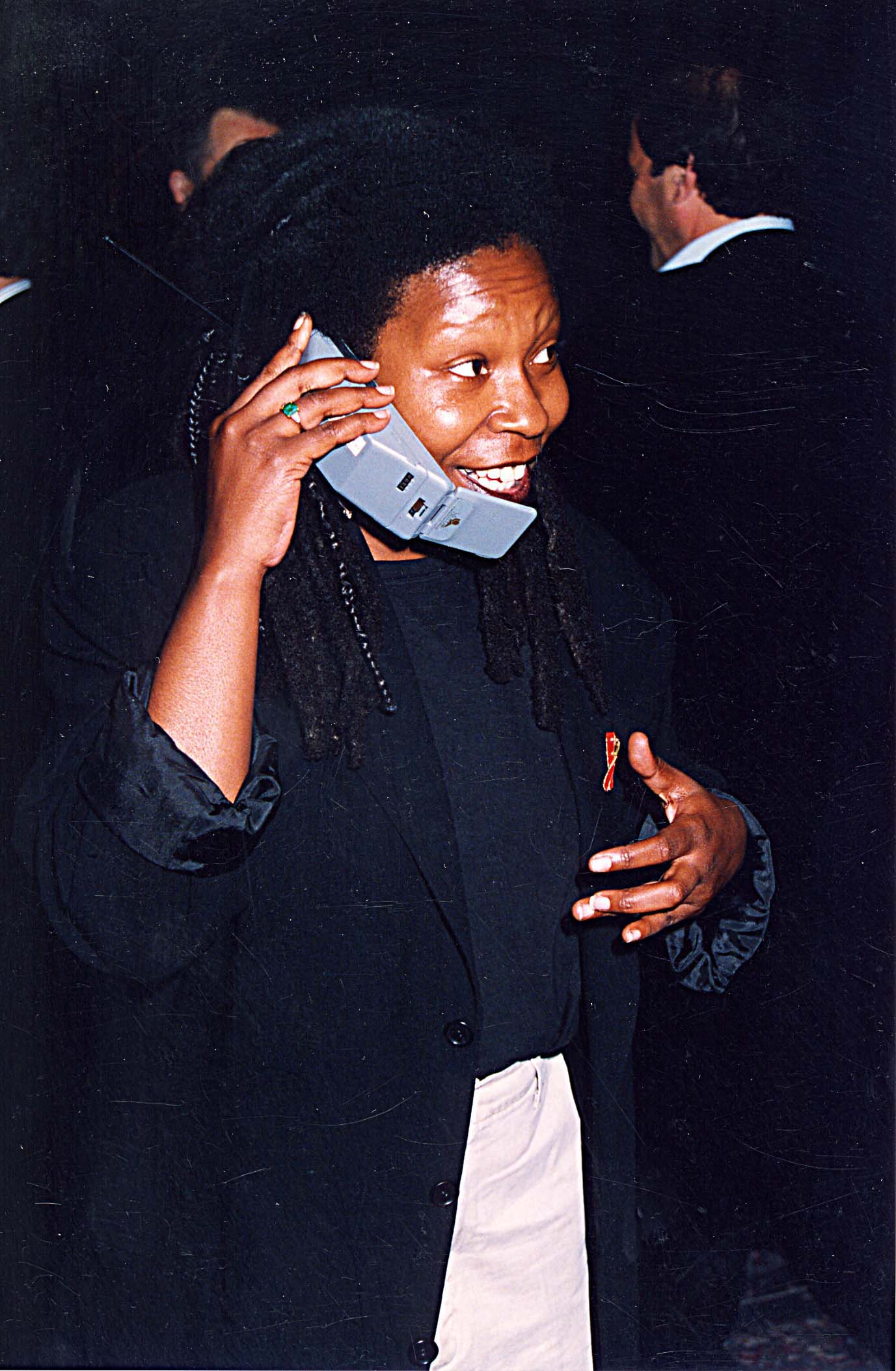




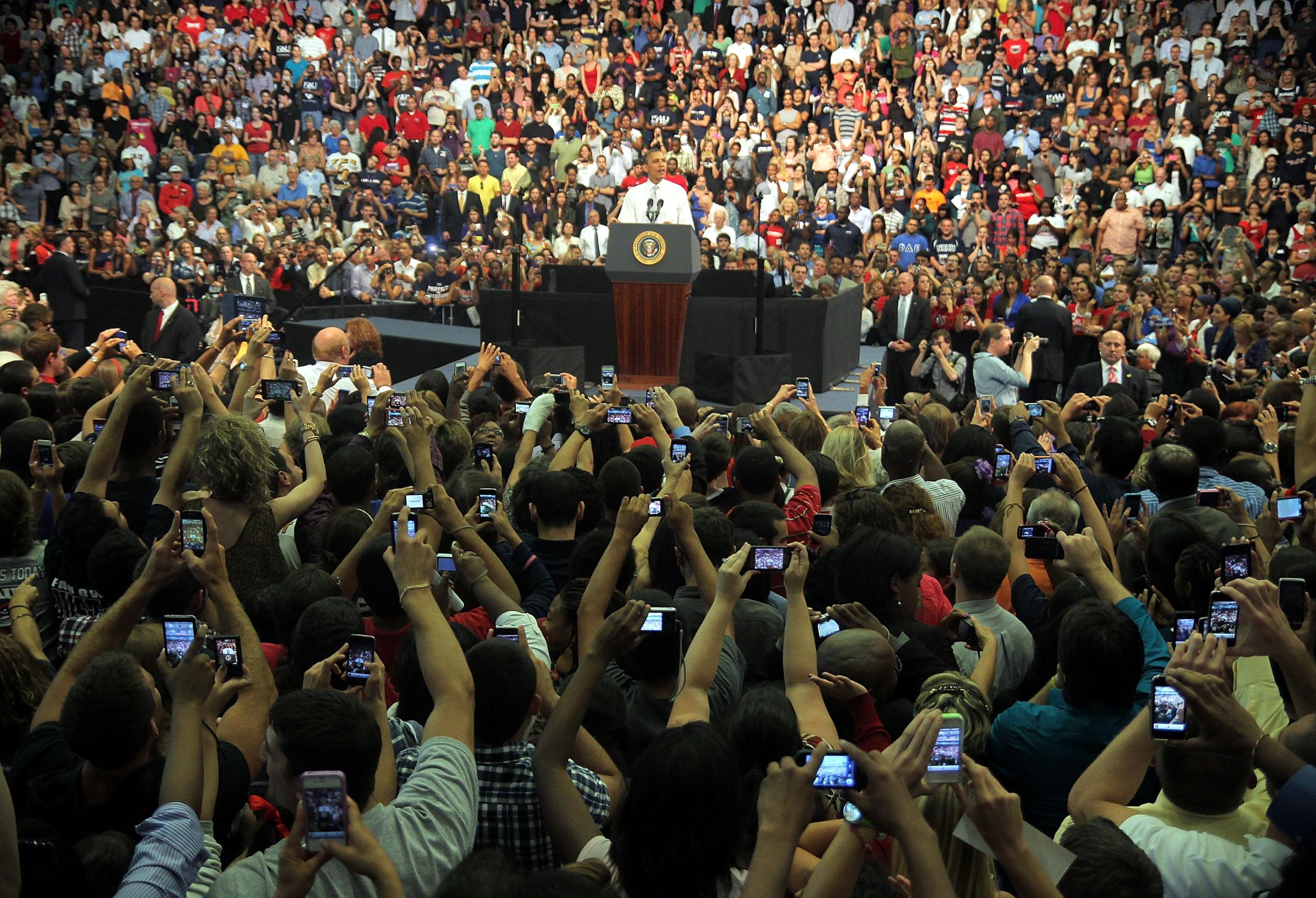
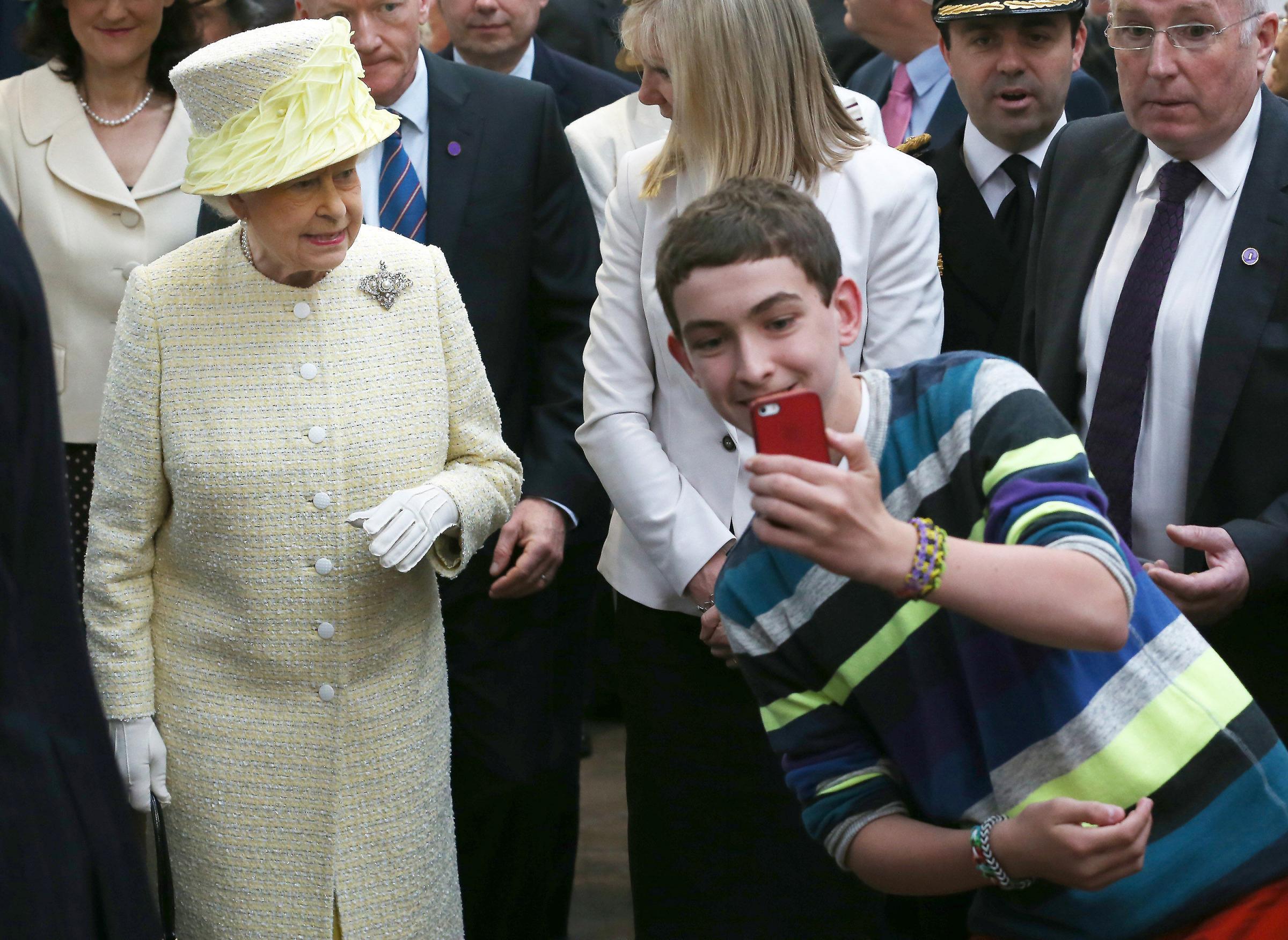
More Must-Reads from TIME
- Cybersecurity Experts Are Sounding the Alarm on DOGE
- Meet the 2025 Women of the Year
- The Harsh Truth About Disability Inclusion
- Why Do More Young Adults Have Cancer?
- Colman Domingo Leads With Radical Love
- How to Get Better at Doing Things Alone
- Michelle Zauner Stares Down the Darkness
Write to Tanya Basu at tanya.basu@time.com